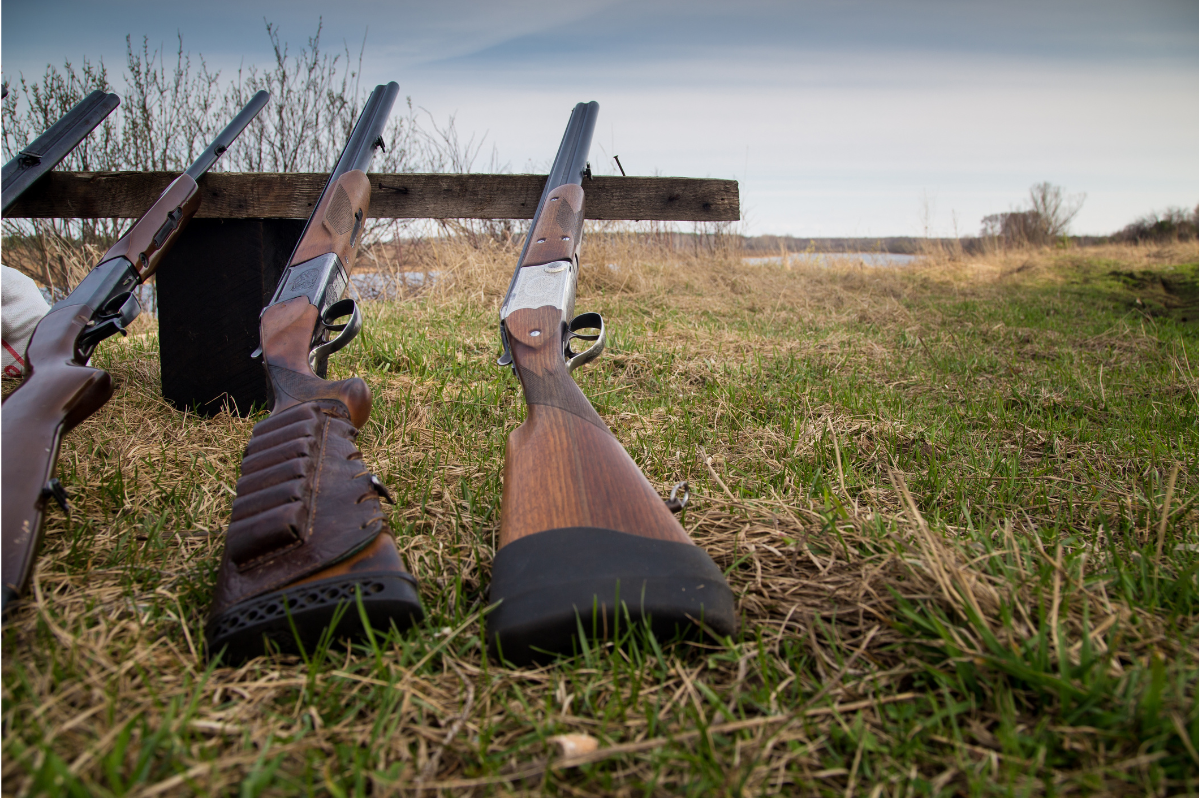
 0
0 
As a gunsmith and marksman, I understand the importance of choosing the right firearm. Whether you’re hunting or sport shooting, a shotgun can be an excellent choice due to its versatility and power. This guide will help you navigate through the various options and make an informed decision when buying your first shotgun.
Shotguns come in different types and styles, each with its unique advantages and disadvantages:
Pump-action shotguns are reliable and offer a high capacity. They require the user to manually pump the fore-end to eject and load shells.
Semi-automatic shotguns automatically eject and load shells after each trigger pull, allowing for faster shooting. However, they can be more expensive and require more maintenance.
Break-action shotguns are simple, reliable, and easy to use. They have either single or double barrels that ‘break open’ to allow for loading and unloading. They are often used in target shooting sports like trap and skeet.
Bolt-action shotguns are not as common but can offer excellent accuracy. They work similarly to bolt-action rifles.
When selecting a shotgun, important features to consider include the action type, barrel length, and stock type. Semi-automatic shotguns are the most popular choice due to their convenience and speed in shooting. Break-action shotguns are simpler and easier to use but require manual reloading after each shot. Lastly, bolt-action shotguns offer high accuracy but can be more expensive and difficult to maintain.
The length and bore size of a shotgun barrel affect its shot spread and range. Longer barrels provide better accuracy, making them ideal for hunting waterfowl or turkey. Shorter barrels are more maneuverable, suitable for hunting in dense brush or home defense.
The stock should fit comfortably against your shoulder. Some stocks can be adjusted for length, which may be beneficial if multiple people will be using the shotgun.
A good trigger is critical for accurate shooting. It should have a clean, crisp break and not be too heavy or too light.
The gauge of a shotgun refers to the diameter of its barrel. The most common gauges are 12 and 20, with 12-gauge being larger and more powerful. A 20-gauge may be more suitable for smaller shooters or those sensitive to recoil.
Shotgun ammunition comes in various types, including birdshot, buckshot, and slugs. Birdshot is ideal for hunting birds or small game, while buckshot is used for larger game or home defense. Slugs are single, large projectiles used for hunting big game at longer distances.
Always treat every firearm as if it’s loaded. Keep your finger off the trigger until you’re ready to shoot, and always point the muzzle in a safe direction. Be sure of your target and what’s beyond it.
Regular cleaning and maintenance will keep your shotgun functioning properly and extend its lifespan. This includes cleaning the barrel, action, and other components, as well as regular lubrication.
Consider investing in a good-quality sling, case, and cleaning kit. Ear and eye protection are also must-haves for any shooter. Other essential shotgun accessories include ammunition storage containers, choke tubes, recoil pads, and a shooting mat. A gun vise is also useful for cleaning and maintenance. Quality optics such as scopes or red dot sights can give you a better advantage in longer-distance shots, while a flashlight can provide illumination in low-light situations.
When purchasing your first shotgun, consider your intended use, comfort, and budget. Try out different types and styles to find what suits you best. Remember, safety should always be your top priority. Happy shooting!
Please note that this guide is generated based on available online information and does not reflect personal experiences with firearms. For more detailed guidance, it’s always recommended to seek advice from experts or professional gunsmiths.

 0
0